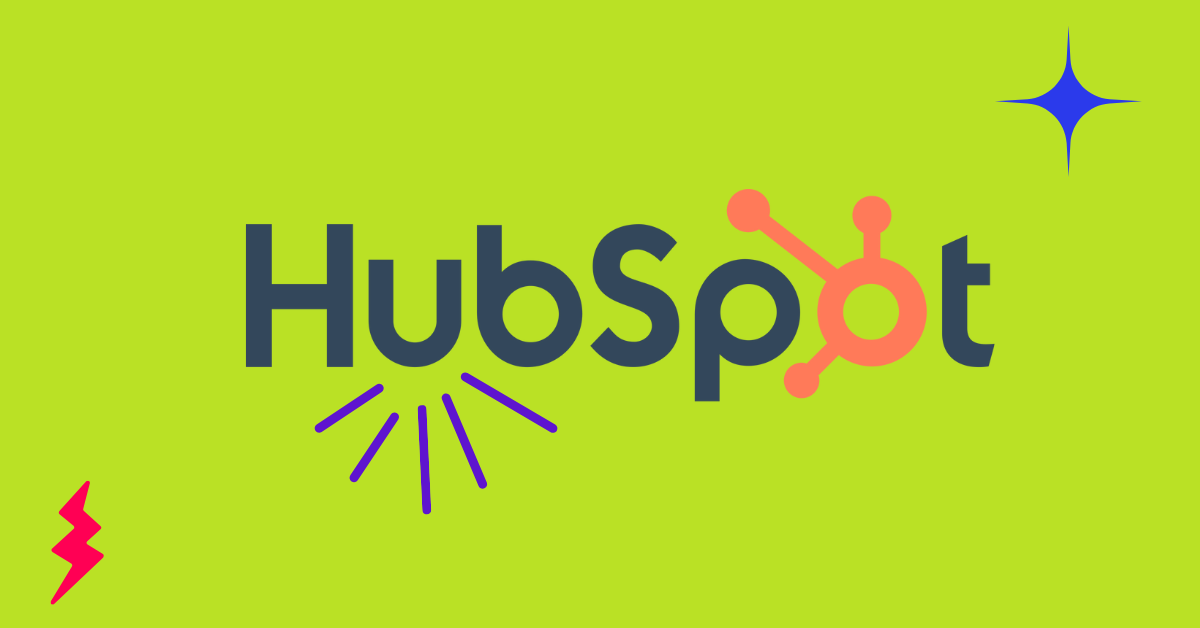Stop Gating Your Content: Why Unlocking It Builds Trust, Visibility and Pipeline
You built a great guide. A sharp report. Maybe even a “must-read” white paper.
But there’s a problem. A BIG one. It’s hiding behind a form.
That worked great in 2012, but it’s not helping you anymore.
Gated content used to make sense — you’d trade value for data, nurture the lead, and eventually convert. But in today’s world of AI-driven discovery and trust-based buying, that gate is doing more harm than good.
Seriously.
So, let’s talk about why it’s time to set your content free and how it can supercharge both your visibility and your credibility.
The World Has Changed — And So Has Discovery
Today, you’re not just optimizing for search engines — you’re optimizing for generative engines.
Welcome to GEO (Generative Engine Optimization), the art of being found, cited, and trusted by AI tools and answer engines. (If you haven’t read our deep dive yet, start here.)
Here’s the catch: AI engines can’t cite what they can’t access. If your best thinking is trapped behind a form, you’ve just made it invisible to the very systems shaping how B2B buyers discover information.
In the age of GEO and AEO (Answer Engine Optimization), open content isn’t just generous — it’s strategic.
Why Gating Kills Your Visibility (and Credibility)
When you gate your content, you’re creating friction.
And friction kills trust, discoverability, and momentum.
Here’s how:
- AI can’t crawl it. If your insights live in a PDF behind a form, they might as well not exist to AI engines or to the humans using them.
- It breaks the trust loop. Asking for an email before proving your value feels like a “cost” to the buyer. In a world where transparency wins, that’s a turn-off.
- It creates fake signals. A form fill isn’t a relationship. Most “leads” aren’t ready to buy — they’re just curious. That data doesn’t always equal intent.
- It hurts your authority. Gated content can’t earn links, citations, or mentions. That means you lose the compounding trust that open content builds over time.
Bottom line: Gated content hides your expertise when you should be showcasing it.
When Gating Still Works (Rarely)
There are exceptions — like proprietary research, benchmark data, or partner-only insights. But even then, if you’re insisting on gating, do it strategically.
Here’s how:
Create an ungated twin. If you must gate the full report, publish a second version that’s open — like a blog series, summary page, or visual explainer. That way your thinking is still crawlable, shareable, and fueling your GEO visibility.
Repurpose the big stuff. Take that white paper and slice it into blog posts, quote cards, or a short video series. Make it work across your funnel, not stuck behind a form.
Gate the bonus, not the basics. Keep your core insights ungated and use forms for the “extras” — deep data, custom templates, or proprietary frameworks.
Ease the friction. If you do use a form, make it short. Two fields max. Better yet, try progressive profiling — earn trust first, collect details later.
If a piece of content supports your GEO or trust goals, it shouldn’t live behind a wall. That’s not strategy — that’s self-sabotage.
The Ungated Playbook: How to Win on GEO and Trust
Ready to unlock your library? Here’s how to make it work hard for you:
1. Audit your content
List everything behind a form. For each piece, ask:
- Does this help us rank or get cited by AI engines?
- Would we get more reach if it were public?
If yes to either, ungate it.
2. Reshape, don’t just release
Turn whitepapers into long-form articles or modular blog series. Structure them for humans and AI:
- Clear headlines
- FAQ sections
- Schema markup
- Internal and external links
Make it easy for engines to understand, quote, and share your expertise.
3. Rethink what “conversion” means
Instead of counting downloads, measure:
- Mentions in AI-generated responses
- Time on page
- Returning visitors
- Backlinks
- Form fills from contextual CTAs (example: “Talk to us about implementing this”)
These are the new trust metrics. They tell you if your content is working, not just collecting.
Real-World Results
We’ve seen this play out firsthand: clients who ungate see more visibility, better engagement, and — ironically — higher conversion quality.
Because when you stop forcing people into forms, they choose to connect. That’s a very different kind of lead.
The payoff?
- More organic reach
- Better AI visibility
- Stronger authority signals
- A pipeline that’s built on trust, not coercion
Final Word: Unlock the Value You Already Built
You spent time and budget creating that content. Don’t lock it away.
In the new era of GEO and trust-based marketing, openness is the new optimization. The brands who win will be the ones who give first, help freely, and get cited everywhere.
So audit your gates.
Open the ones that are holding your reach hostage.
And if you need a hand turning your content into a GEO-friendly authority machine, let’s talk.


